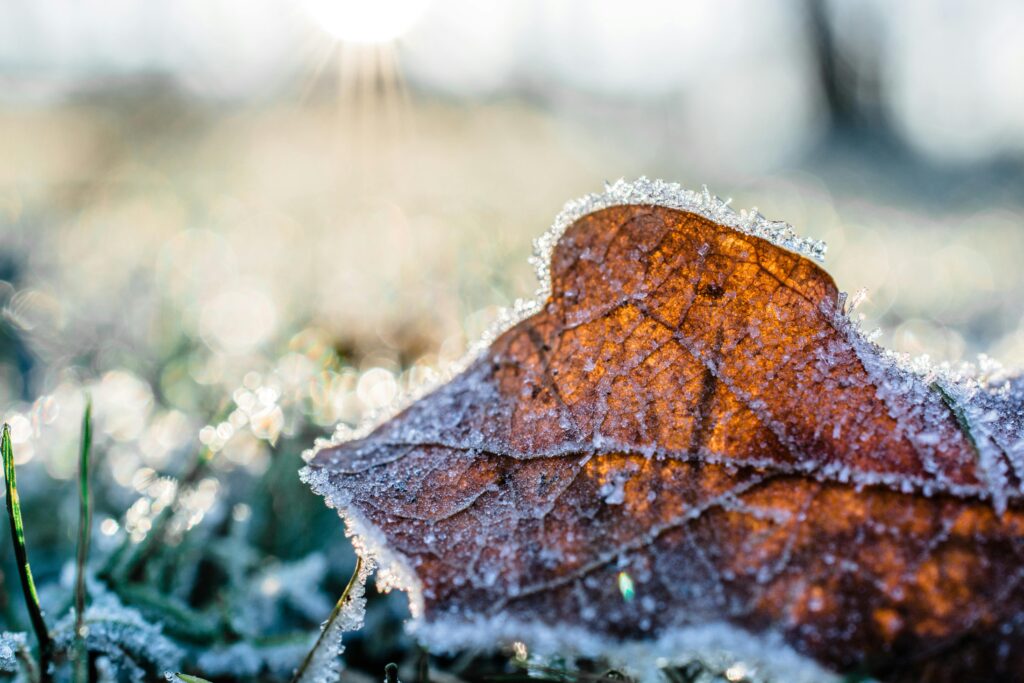It might seem a bit silly to start talking about frost dates now, but it’s something that gardeners should keep in mind all year long. So what exactly is a frost date?

There are two types that gardeners are primarily concerned with: the first frost and the last frost. These are generally given as average dates, so there is no firm date that will be the same every single year. You do have to keep an eye on the weather, but you’ll get the feel for it after a few years.
Last Frost
I’m going to mention the last frost first, because it really happens first chronologically. The last frost is the average date of the last frost of the spring, that shifts into warmer temperatures. This is the point when people generally think that it’s ok to plant things outdoors and work with more delicate plants, since the chance of frost is lower.
First Frost
The first frost is the first hard frost that occurs in autumn. After this date, the gardening for the year is mostly wrapping up. Frost can be hard on plants, and after a frost, many plants will start to die back.
For many people, frost dates really define the growing season. Depending on what you are growing, it can do exactly that, but there are plants that are more cold tolerant. It is a good thing to keep in mind though, regardless of what you are planting. It’s all about being in tune with the cycle of the sun and taking advantage of it as much as you can.
Did you know that frost dates were a thing? Ever been surprised by an unexpected frost and lost everything? (Speaking from experience there!)

